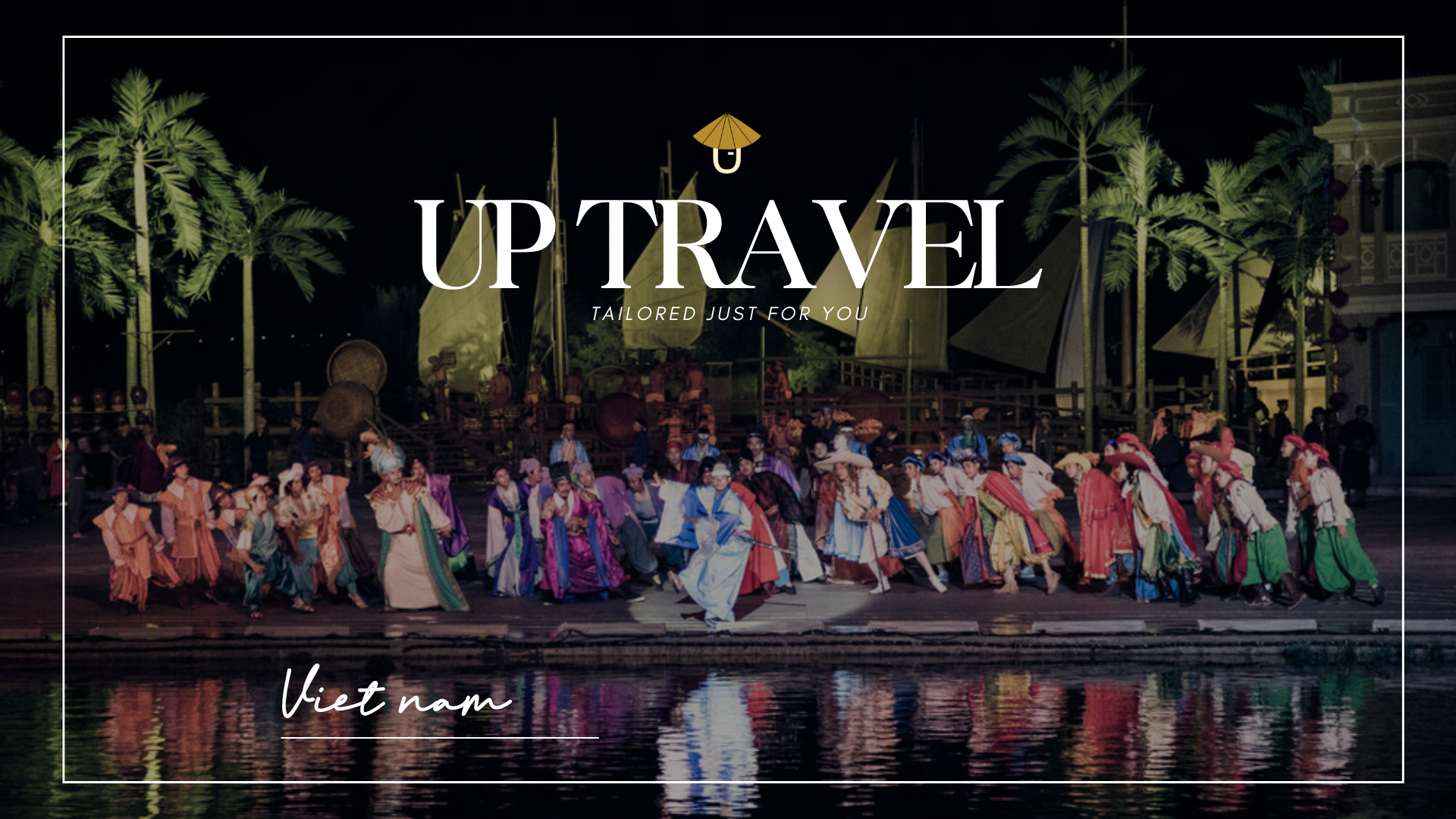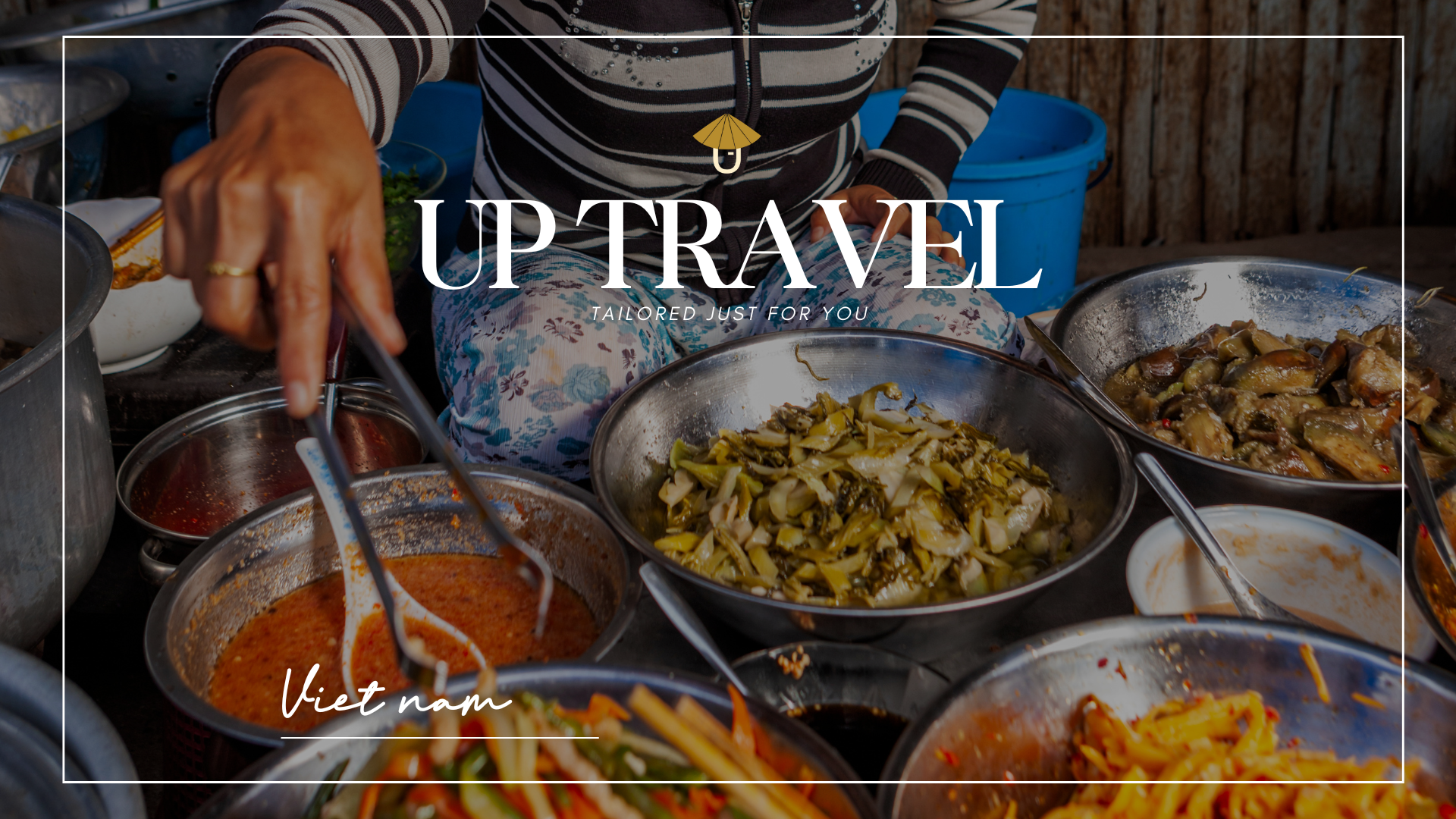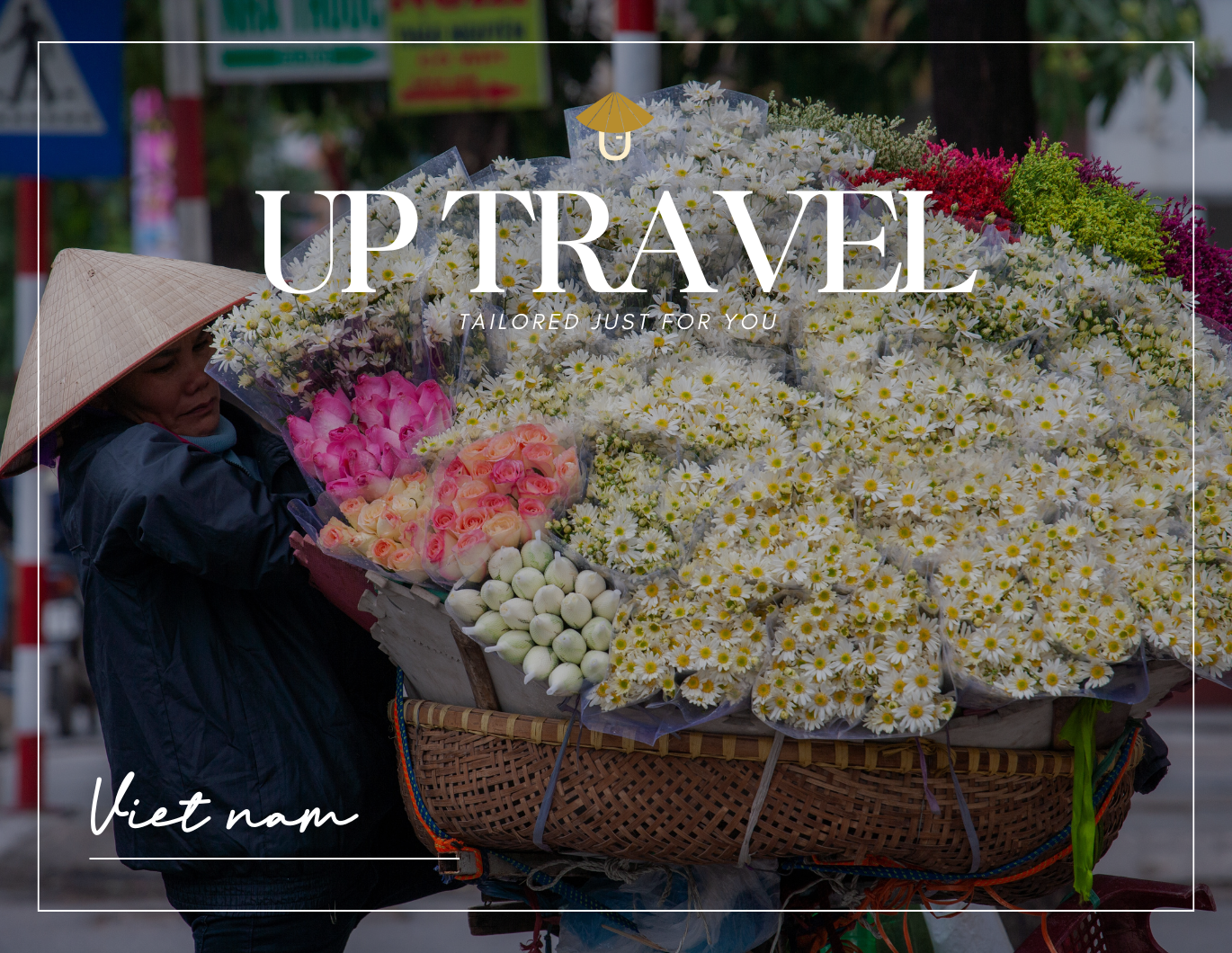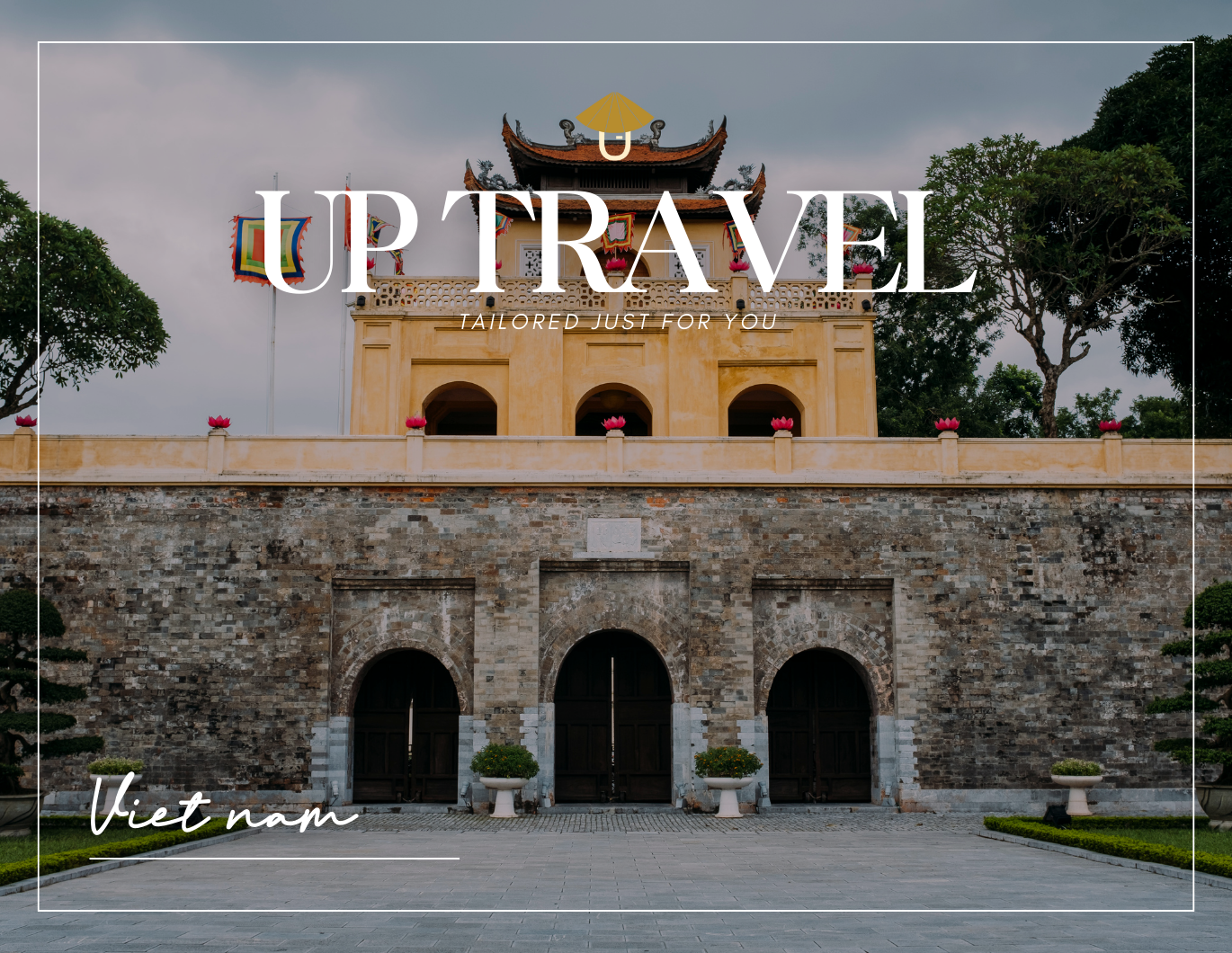

Vietnam: A Harmonious Blend of Global Influence and Local Identity
Vietnam stands as a remarkable example of cultural harmony, where global influences enrich but never overshadow its deep-rooted national identity. With a history spanning over a thousand years of trade, colonization, and cultural exchange, Vietnam has developed a uniquely adaptive and resilient cultural identity that remains unmistakably Vietnamese.
Blending Global and Local in Architecture
Vietnamese architecture beautifully showcases the fusion of global and local elements. Ancient Chinese influences are evident in the intricate designs of Vietnam’s pagodas, but the addition of crescent moon rooftops and dragon carvings imbues these structures with a distinctly Vietnamese soul. French colonial architecture, exemplified by landmarks like the Hanoi Opera House, introduces European elegance, yet adaptations such as wide verandas and airy layouts address the tropical climate, demonstrating Vietnamese ingenuity.
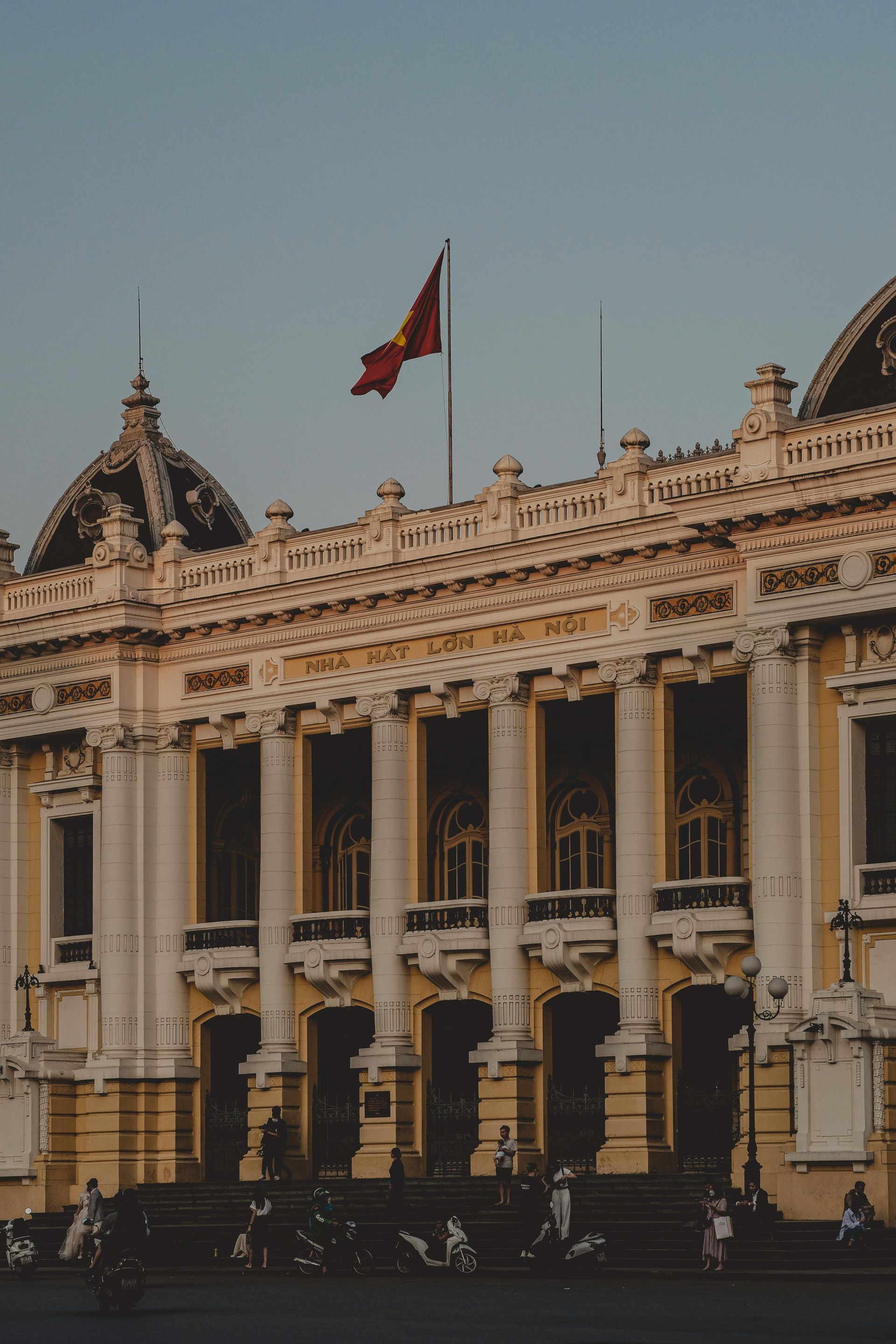
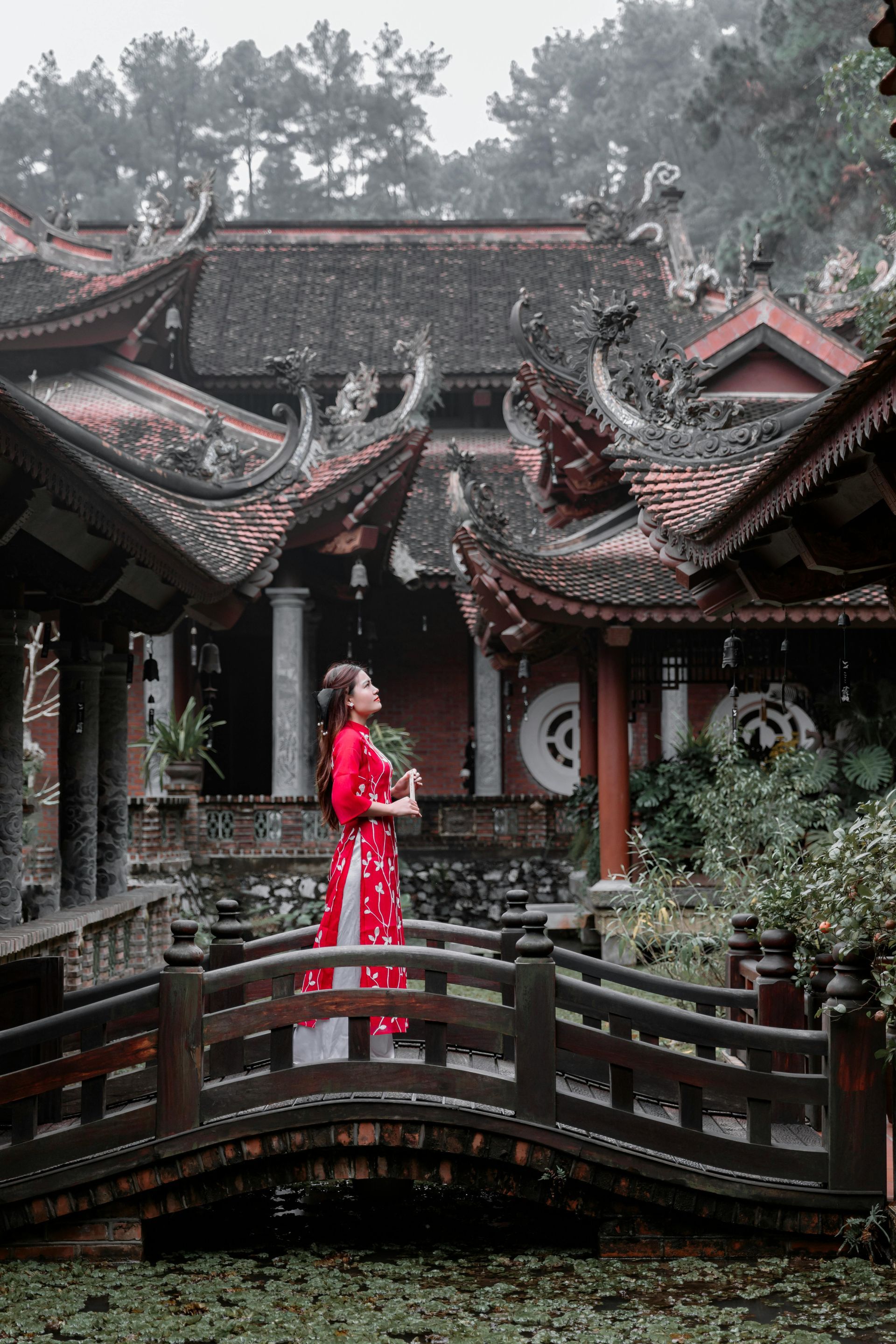
Beyond these influences, modern Vietnam’s skyline—with striking buildings like the Bitexco Financial Tower in Ho Chi Minh City—shows how the country embraces contemporary global styles while still respecting traditional aesthetics. Walking through Vietnam’s cities, one can witness a dialogue between eras that captures its evolving identity.
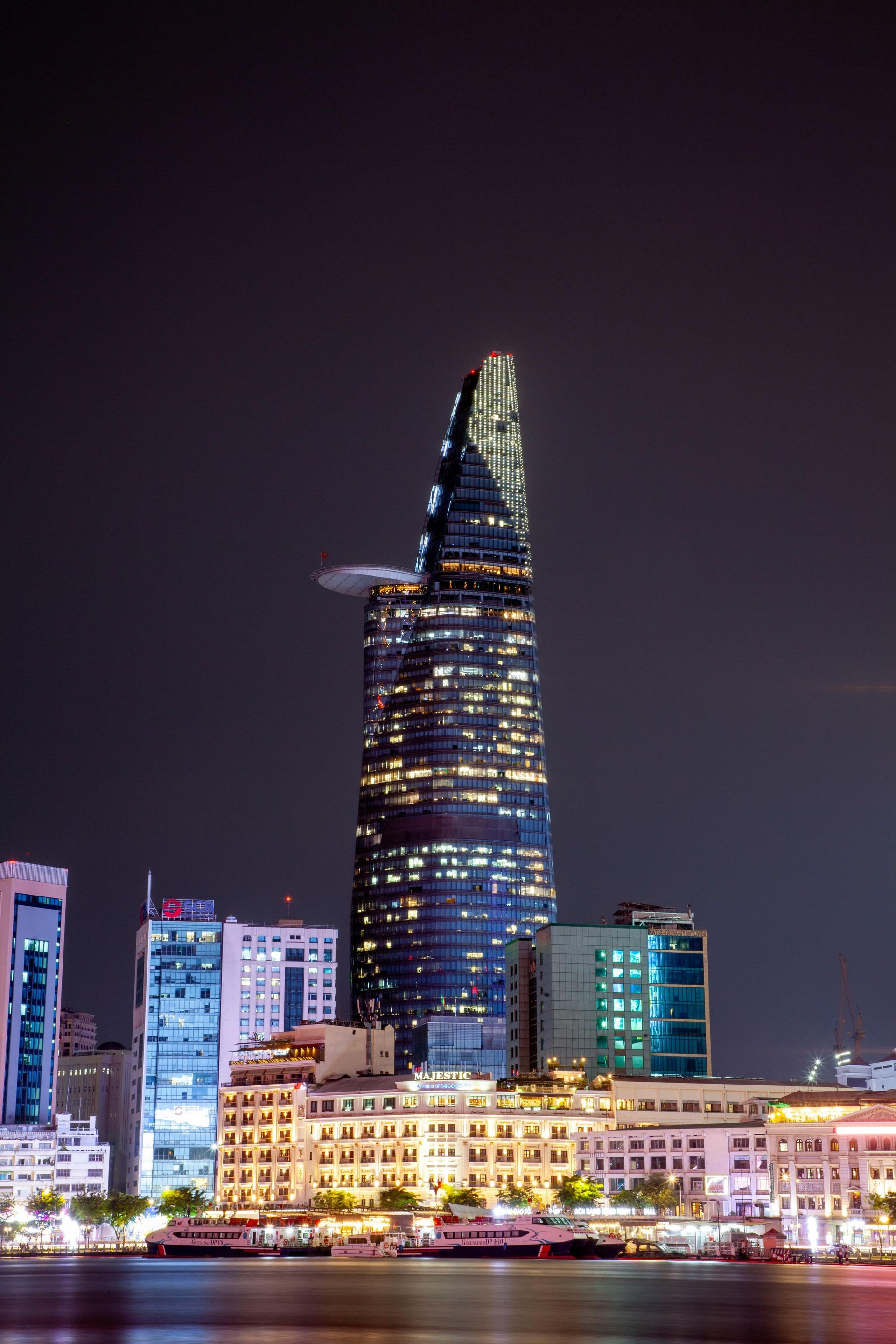
Cuisine: Fusion Meets Tradition
Vietnamese cuisine is a celebration of harmony, balancing global influences with deeply rooted traditions. For instance, pho reflects techniques borrowed from French consommé and Chinese noodles, yet its nuanced balance of sweet, salty, sour, and umami flavors embodies Vietnamese culinary philosophy.
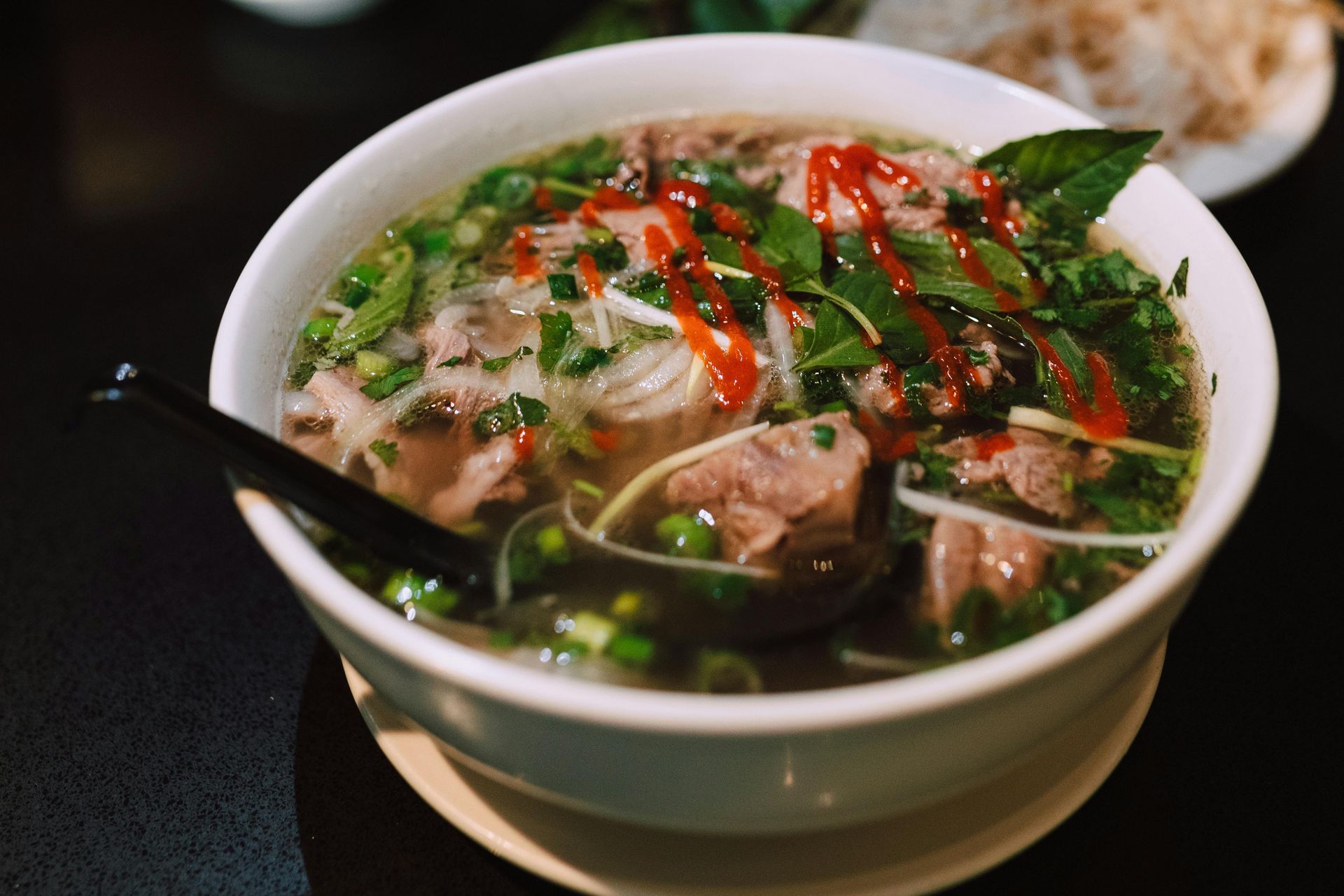
Similarly, the iconic banh mi, with its French baguette base, is elevated with pickled vegetables, fish sauce-infused pâté, and fresh herbs, creating a flavor profile uniquely Vietnamese.
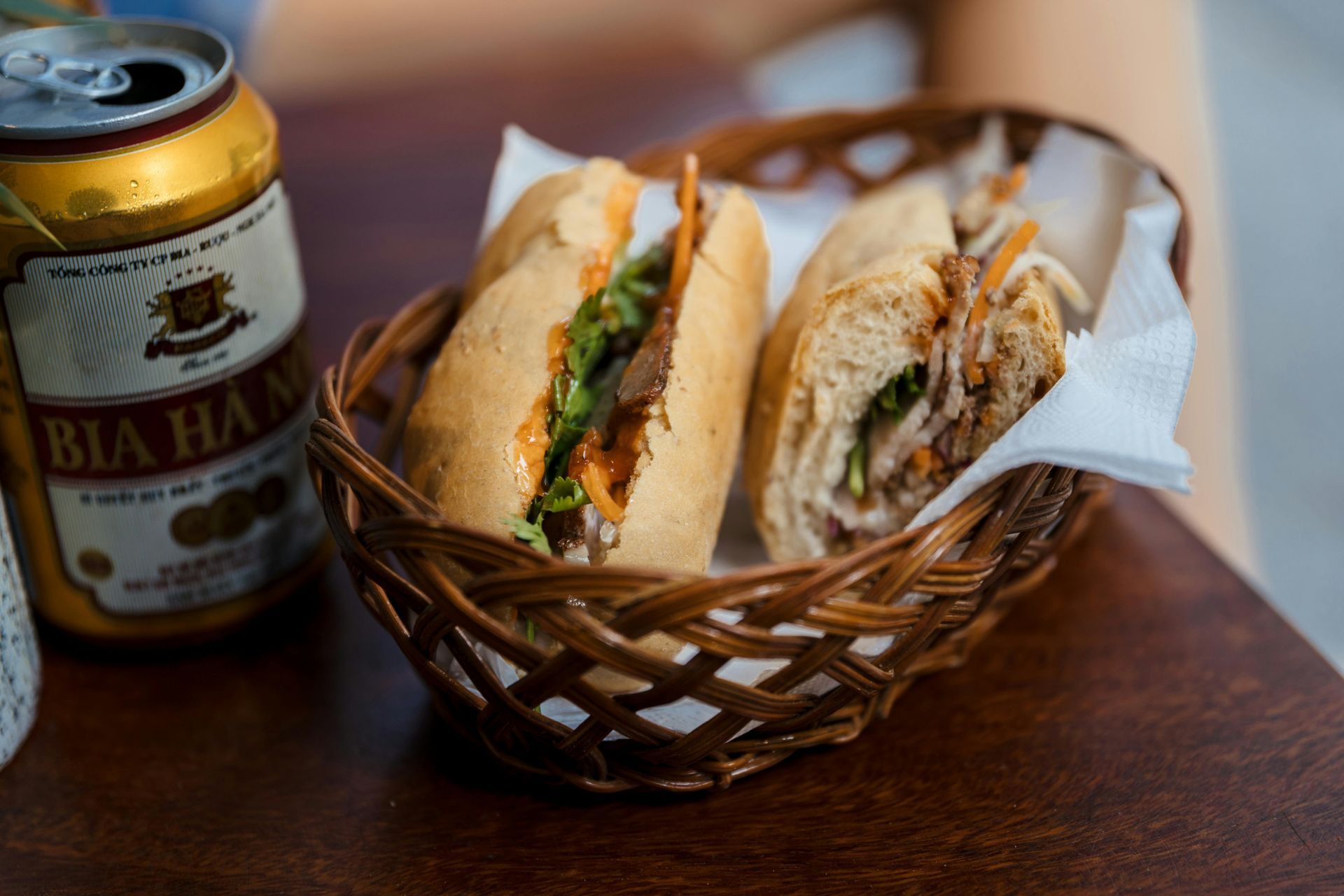
Other dishes, such as cha gio (spring rolls) and bun cha (grilled pork with noodles), further illustrate how Vietnam has embraced and adapted external culinary practices into dishes that are beloved worldwide. This seamless fusion makes Vietnamese cuisine both globally appealing and authentically local.
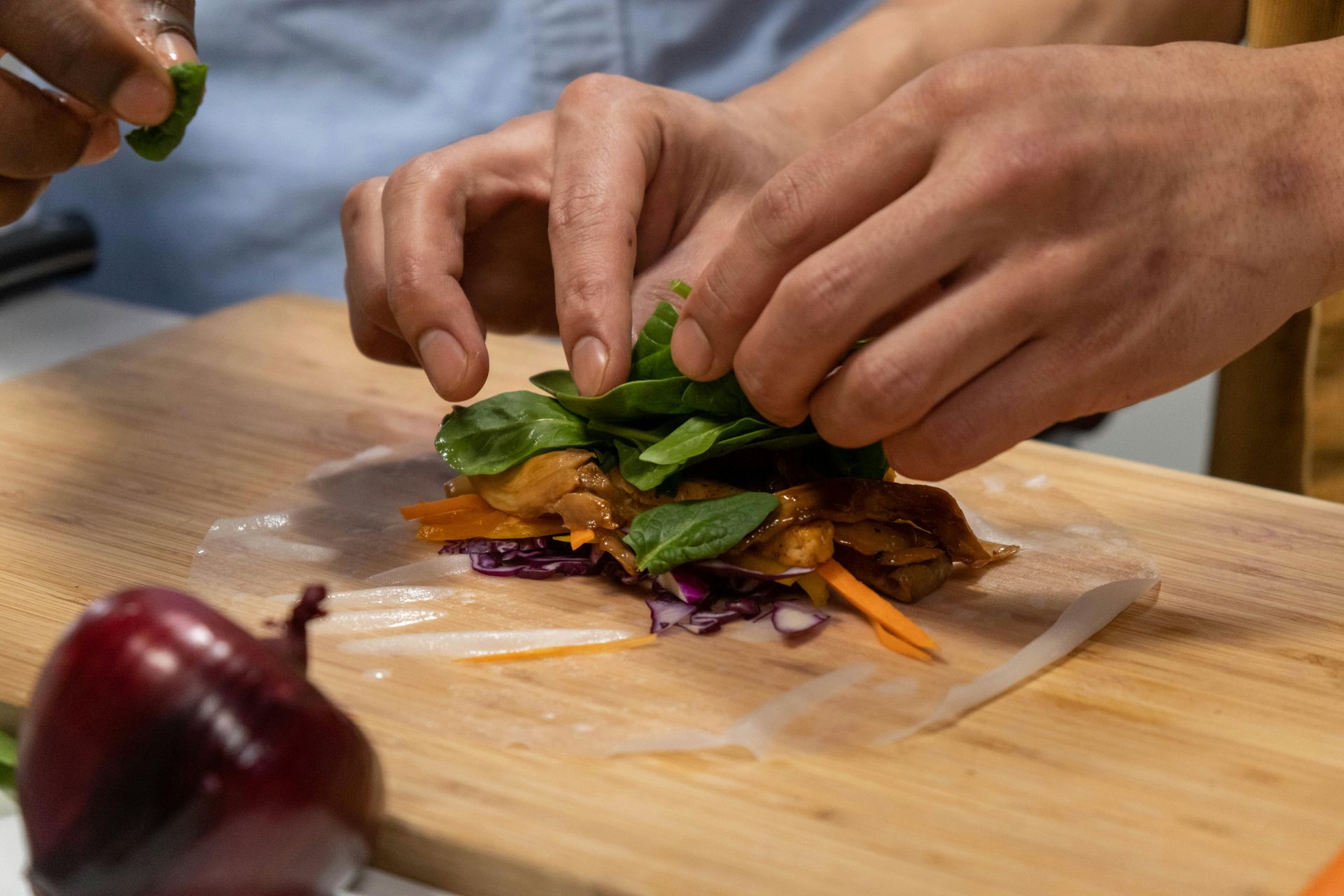
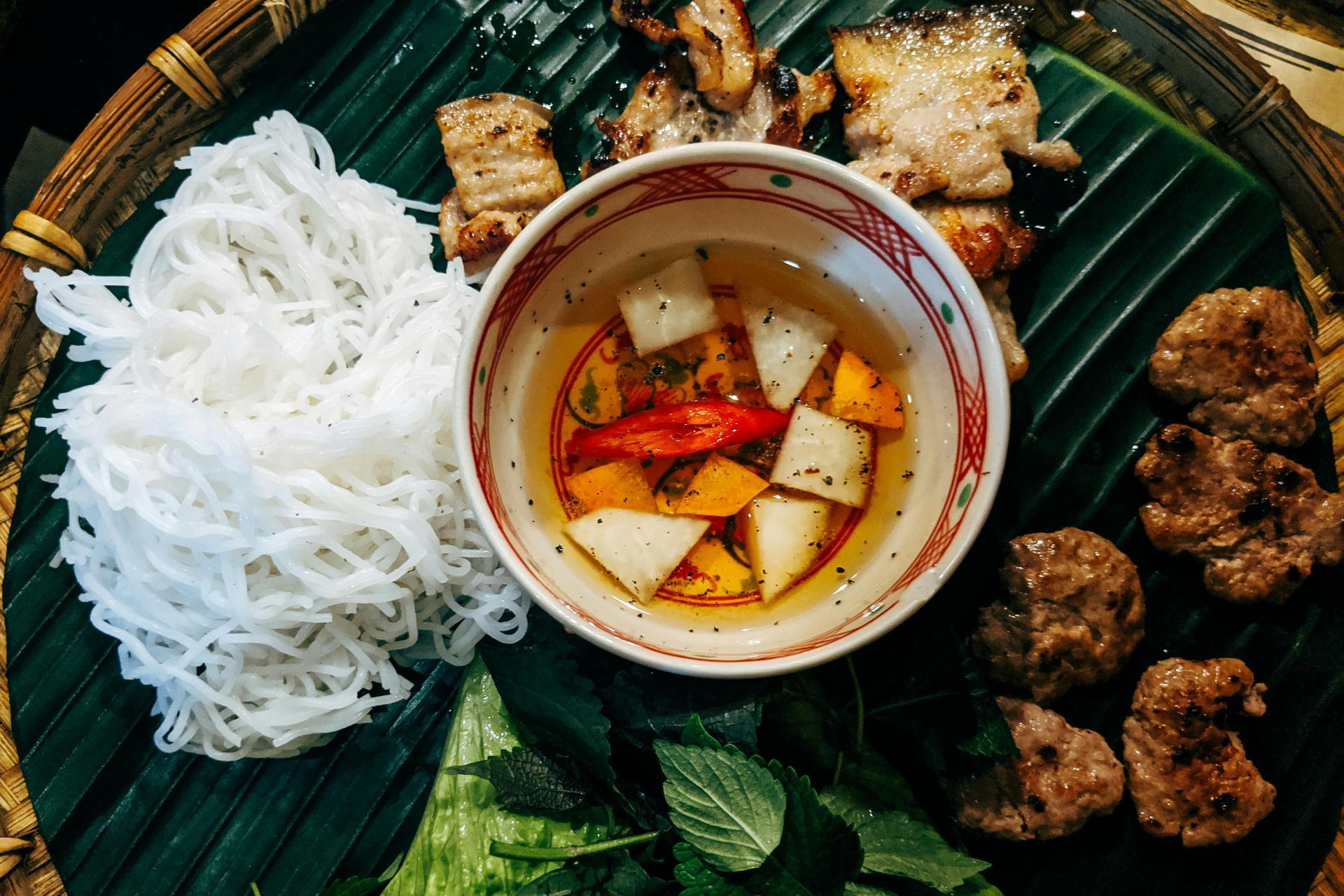
Art: A Dialogue Between Eras
Vietnam’s artistic traditions are a testament to its cultural resilience and creativity. Lacquer painting, an art form uniquely Vietnamese, combines ancient techniques with modern expressions to create visually stunning works that are both traditional and contemporary. Water puppetry, on the other hand, remains an entirely indigenous art form rooted in Vietnam’s rural traditions. While admired globally, its essence is tied to the lives of Vietnamese farmers, celebrating the spirit of the land and water.
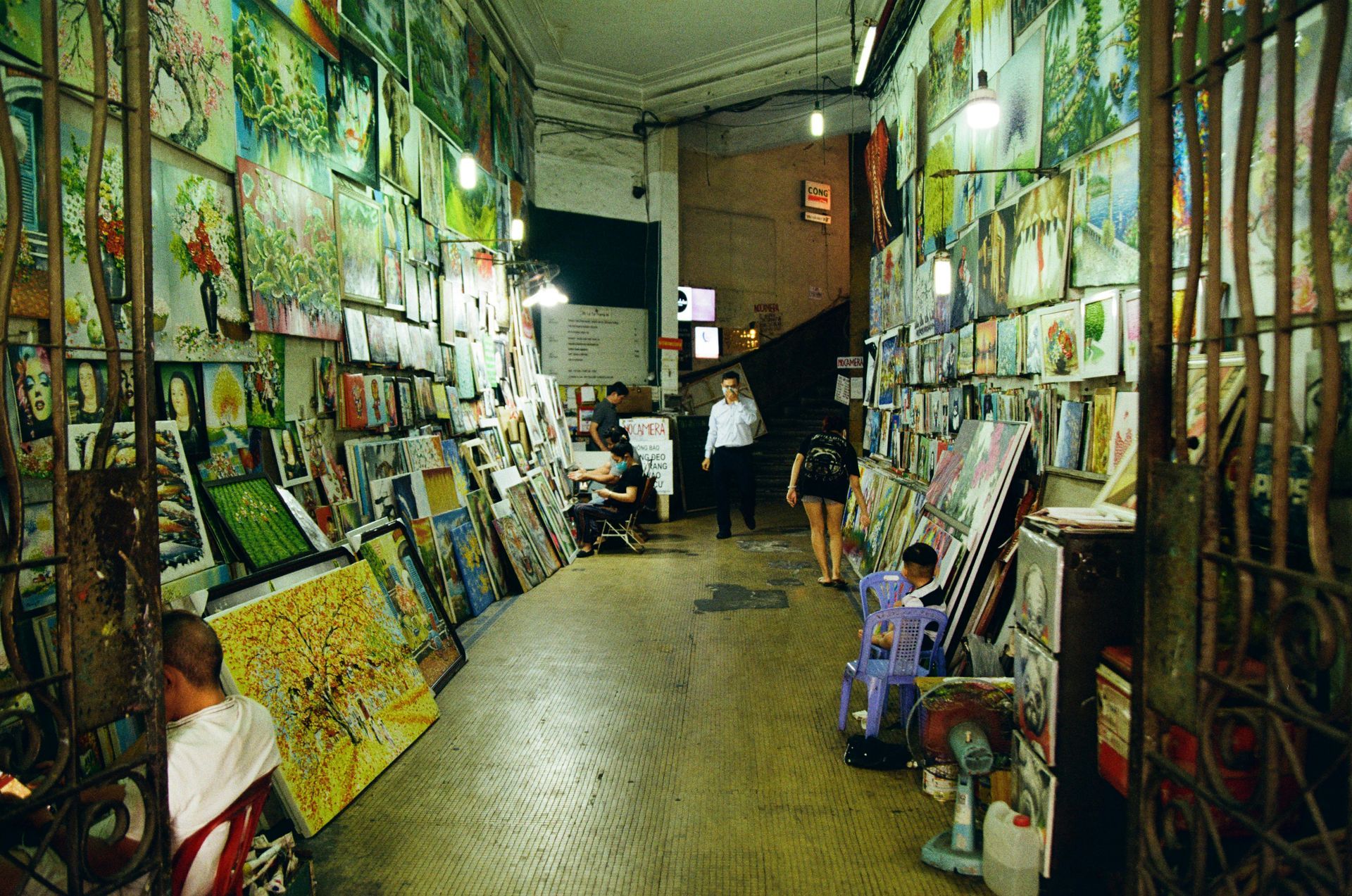
Even in modern art galleries and exhibitions, Vietnamese artists explore global themes while infusing their works with distinctly local perspectives, ensuring that Vietnam’s artistic voice remains unique.
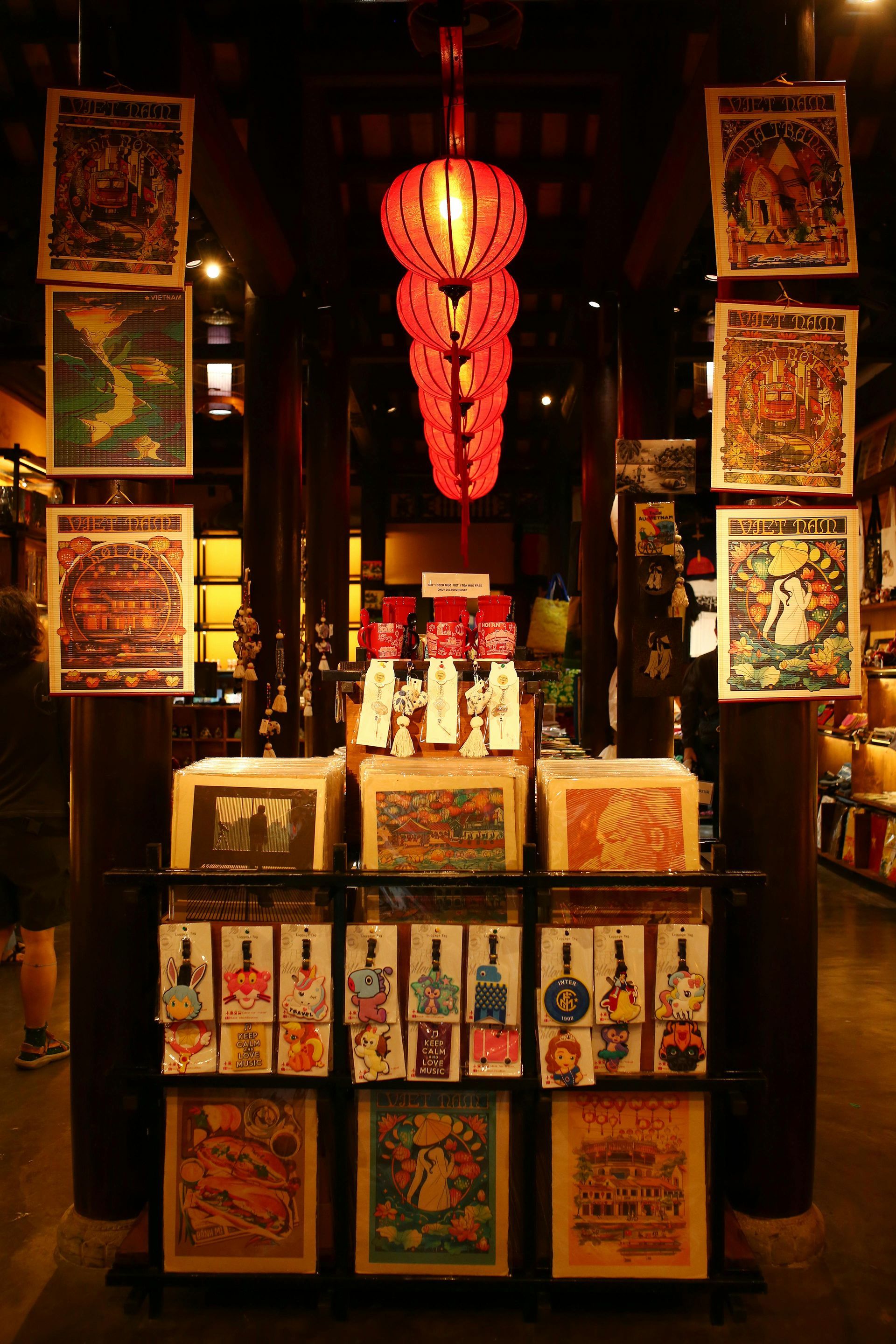
The Vietnamese Spirit: Adaptability Without Compromise
Vietnam’s ability to embrace global influences while maintaining its cultural core is nothing short of remarkable. This adaptability is not mere borrowing; it is a celebration of creativity and resilience. From the ancient streets of Hanoi to the bustling energy of Ho Chi Minh City, every corner of Vietnam tells a story of cultural exchange and national pride.
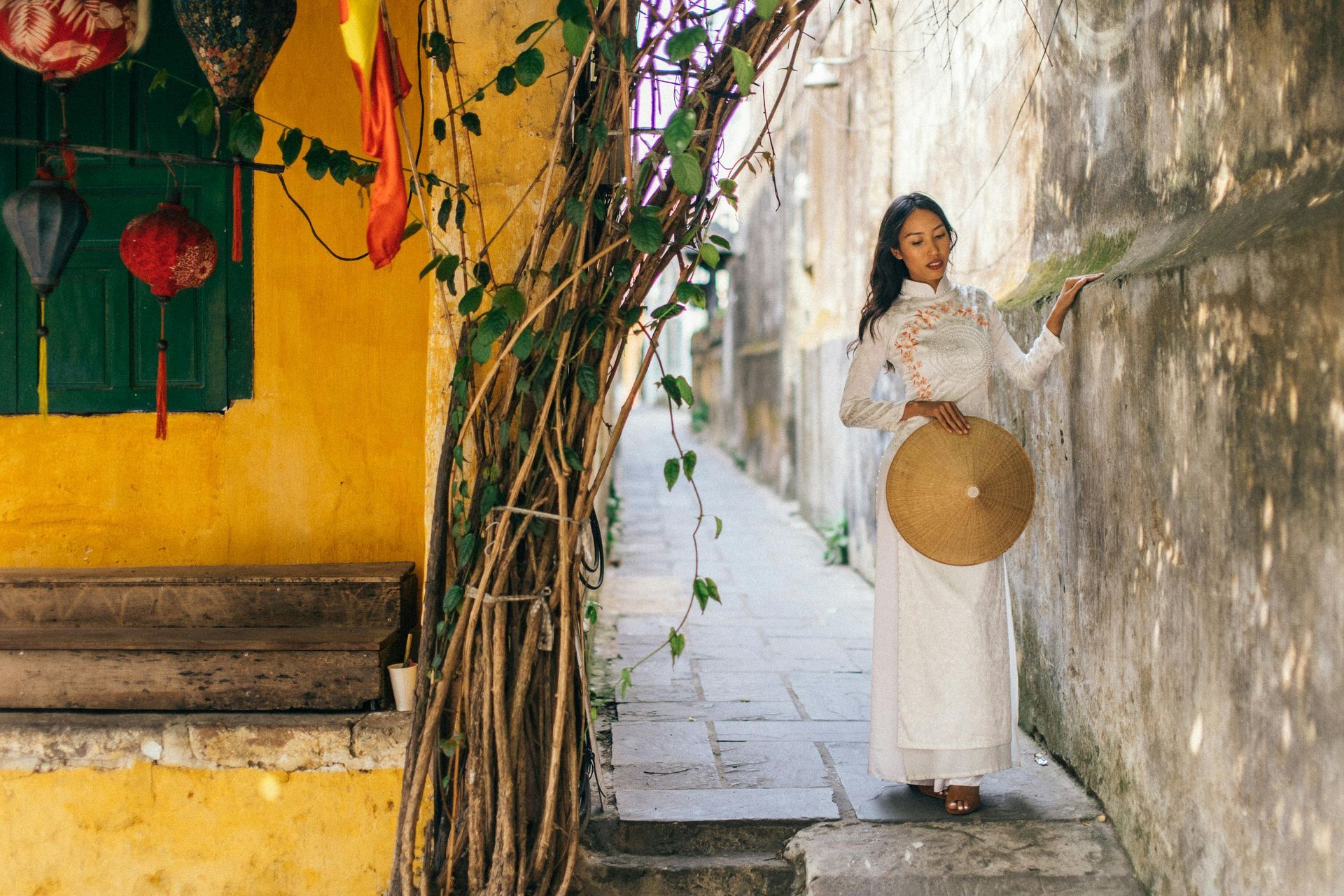
Would you like to experience the perfect harmony of global and local influences that make Vietnam truly unique? From its breathtaking architecture to its flavorful cuisine and rich artistic traditions, Vietnam invites you to immerse yourself in its culture and history.
Let Up Travel guide you through Vietnam’s fascinating cultural tapestry and create unforgettable memories that resonate deeply with its enduring spirit - Tailored Just For You.

